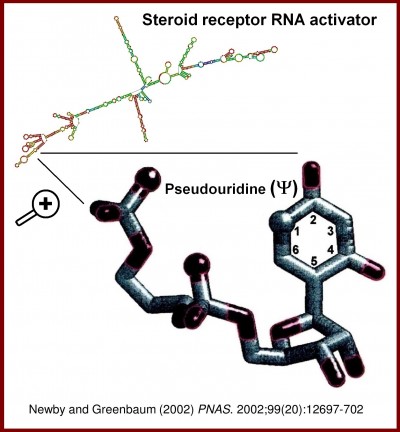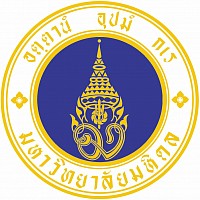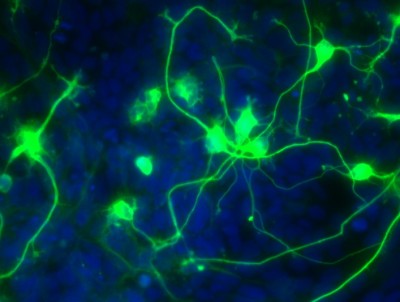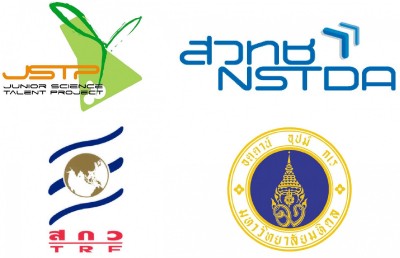Our research
- RNA biology and epigenetics
- mRNA therapeutics
- Cancer targeted therapy
- Regenerative medicine
RNA vaccines
RNA signaling code hypothesis
More than 98% of our genome has been shown to be "non-coding" DNA sequence, and up to 90% of these portions is known to transcribe into non-coding transcripts comprising of small and long non-coding RNAs. Long non-coding RNAs (lncRNAs) have been recently perceived to play a significant role in molecular and cell biology. Similar to histone modifications, of which different combinatory patterns govern specific regulatory outcomes at transcriptional level, RNA modifications such as pseudouridylation and methylation have been suggested to possess function in transcriptional control.
Among approximately 100 types of RNA modification, pseudouridine (Psi), i.e. an isomer of uridine catalyzed by pseudouridine synthases, is the major form which can be referred to as "the fifth RNA base". Pseudouridylation of steroid receptor RNA activator (SRA) has been demonstrated as a "signal" to activate transcription of SRA target genes. Thus, similar to the histone code hypothesis, there might be RNA signaling codes of which the combination of different modifications might signal different transcriptional outcomes.
Our laboratory is particularly interested in RNA pseudouridylation of SRA. Our main operational questions are how pseudouridylation of SRA together with RNA remodeling via RNA helicases regulate gene transcription, and whether pseudouridine synthases and RNA helicases are important in stem cell and cancer biology.
From cell surface signaling to epigenetic responses in the nucleus
Our team is interested to control gene expression by targeting cell surface molecules/receptors/antigens.
Basigin (also known as CD147 and EMMPRIN) is a transmembrane protein and a member of the immunoglobulin superfamily. It is expressed in most, if not all, cell types and functions in diverse processes including anti-apoptosis and metastasis. Hence, basigin has gained attentions from cancer biologists to study basigin biology and to develop tools to inhibit its function.
One of the various functions of basigin is to act as a receptor of different ligands such as cyclophilin A. Thus it is not surprised that basigin has been linked to different cell signaling cascades such as MEK/ERK, p38 and Wnt signaling pathways. Yet little is known how basigin integrates cell signaling to epigenetic control of genes related to development and cancer. We want to understand how basigin crosstalks to different cell signaling pathways and to downstream epigenetic machineries and RNA regulators in neurogenesis and also in brain tumors.




